5 Ways To Unclog Sinks And Drainage
The last thing you want to happen in your home is to see your bathroom and kitchen full of water, as the pipes can’t drain the water well. If you have clogged sinks and pipes, you should address the issue immediately, as leaving them can cause greater damage and might even cause leaks and flooding inside your home.
Ideally, you should never allow anything solid or greasy to flow down your sink, as this can contribute to clogging your kitchen and bathroom. You can use a filter that can prevent solids from going through your pipes. However, if the problem already exists, here are five ways to unclog your sinks and drainage:
- Hire A Professional
If you’re having trouble unclogging your drainage for quite some time or the water has been causing greater damage, you should hire a professional to take care of the problem. Professionals can immediately find out the cause of the clog and provide appropriate action to resolve the issue. Additionally, they can also give you tips on how you can maintain your pipes properly to prevent clogging from happening again.
Before hiring any local plumber, make sure you look for a professional company, as a small mistake can ruin your entire fixture and home. Ideally, you should look for a local Gold Coast plumber or wherever you’re located. The nearer they are to your area, the quicker they can address your plumbing emergency. If you’re having trouble looking for a good one, you should consider asking your neighbours about their plumbers whom they trust to fix their plumbing issues.
- Pour Boiling Water
The next simplest thing you can do with your clogged sinks and drainage is by pouring boiling water directly down the drain, as it can help push down any hair, grease, or soap residue. However, you should skip this part if your drains are connected to PVC pipes as some pipes couldn’t withstand extreme temperatures, which could melt them and cause bigger problems.
You can begin by boiling water in a kettle and pour it directly into your drainage opening once it starts boiling. After pouring everything, you should open your faucets and see if the problem goes away. You can repeat the process if you see a small improvement with your drain pipes.
- Hook Your Shower Drainage With A Bent Wire Hanger
For your shower area, you can expect plenty of hairs clogging your drain. The best way you can get them out is by physically hooking the clogging hairs from your drainage pipes with a bent wire hanger. This way, you can get rid of the clogged hair you can remove and prevent future issues, as they could go farther down your drainage line.
To take out the hair clogging your drainage, straighten out an old wire hanger and create a small hook at the end and insert it down your drain pipes. As you pull the hanger back up, you’ll need to throw the hair you caught in the trash. Repeat the process as many times as you’d like until you’re no longer getting any hair.
- Mix Baking Soda And Vinegar
One of the most popular ingredients that can effectively clean your kitchen is baking soda. Not many may know this, but baking soda has various chemical components that can make your kitchen sparkly clean. Apart from being a cleaning ingredient, you can also use baking soda to unclog your sinks and drainage, as long as you mix it with the vinegar.
Start by pouring hot water down the drain until you see the water clears. Afterward, you can start pouring half a cup of baking soda into the drain. After pouring everything, create a mixture of one cup water and one cup vinegar and pour it into the drain. Wait for an hour to allow it to settle, or leave it as long as possible for maximum efficiency. If you think you left it long enough, you can pour another batch of this mixture, and it should help unclog your sinks and drains.
- Bring Out The Plunger
While you might think that a plunger only works on your toilet, you can also use them to unclog your sinks and drains. However, use a flat-bottomed plunger instead.
Start by filling the sink with hot water until it’s halfway full. Afterward, use the plunger, place it by the drain and pump it up and down quickly and as long as you can. Remove the plunger occasionally and see if the water drains down. If you only see a small improvement, repeat the process until there’s no more water.
Conclusion
No one enjoys having a clogged sink and pipe in their home. Once you see the first signs on your bathroom or kitchen, you should immediately look for ways to unclog it and avoid any further damage from happening. Moreover, you should always prevent clogged pipes by keeping any gunk from getting in your drainage lines.

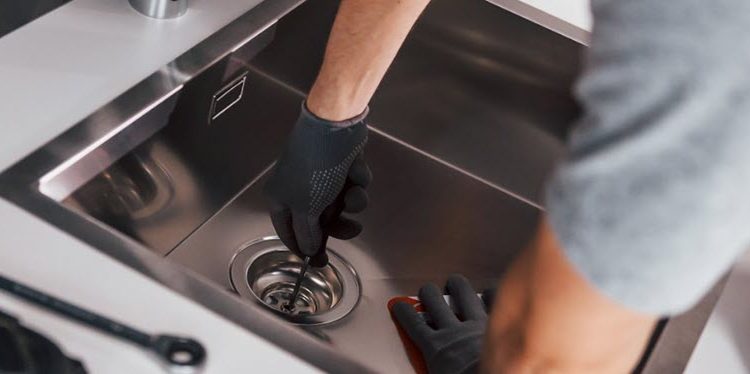
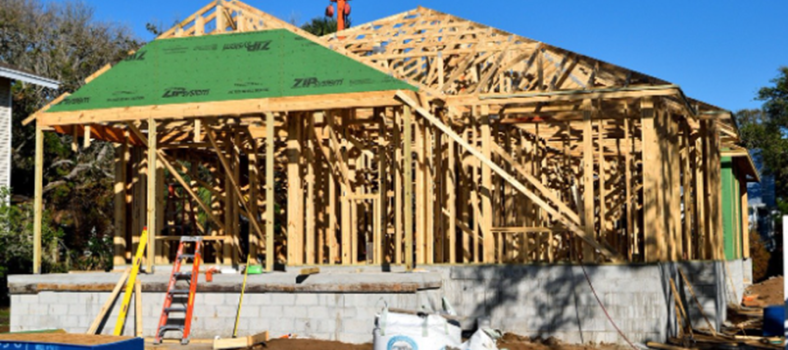
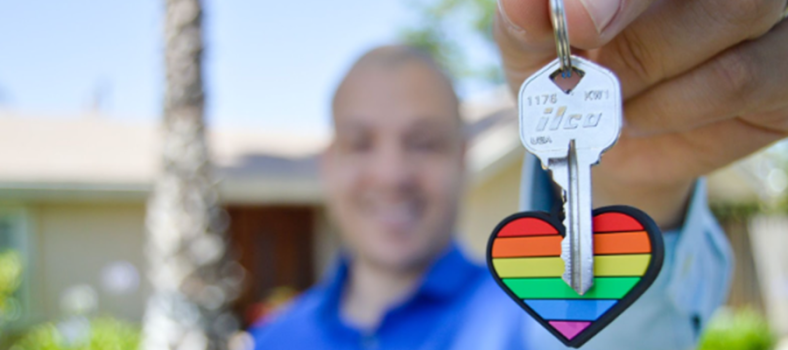
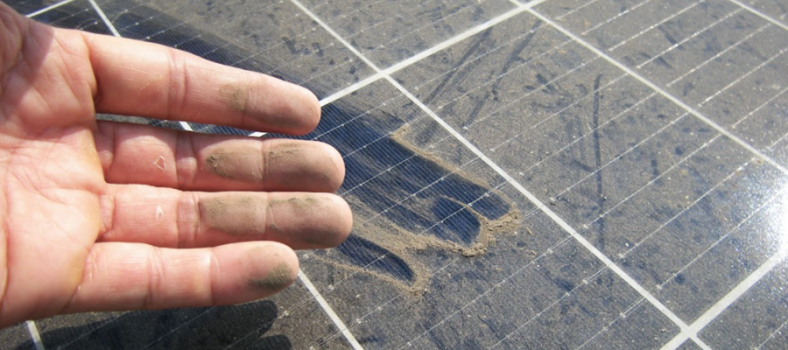
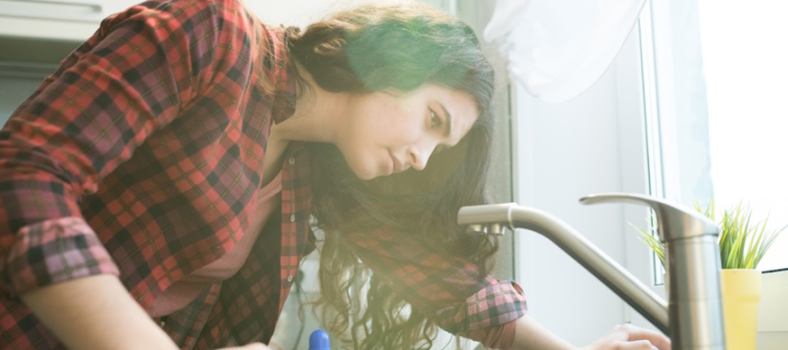
No Comment